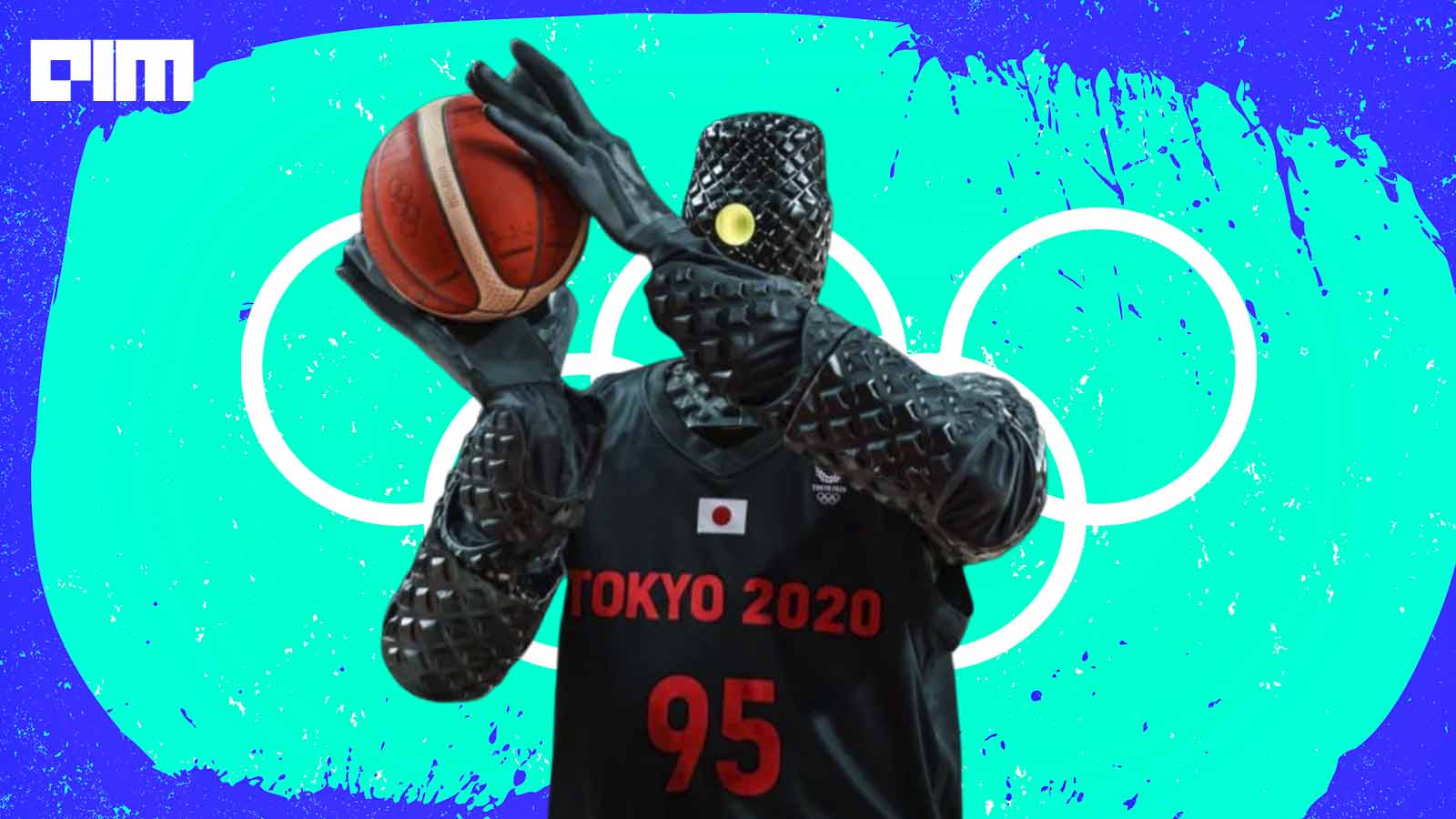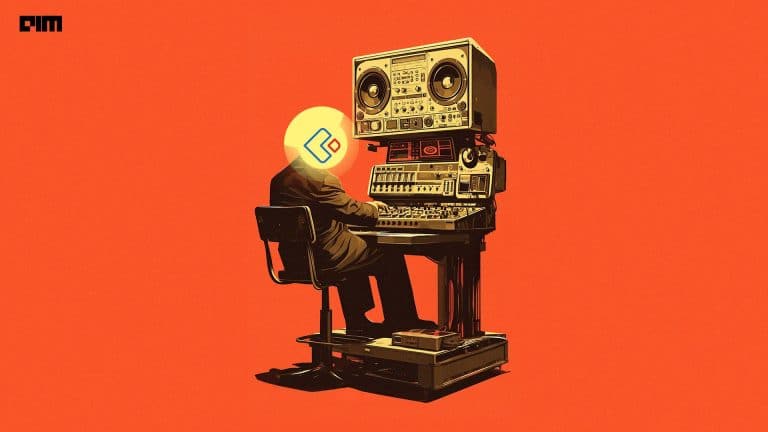Earlier this week, during the Tokyo Olympics 2020, fans watching the basketball game between USA and France were taken for a ride during the halftime of the game. A human-sized robot, sporting jersey number 95, took over the spotlight by shooting the perfect free throws.
The robot was Toyota’s CUE.
Robots are taking free throws at the #TokyoOlympics.
— NBC Olympics (@NBCOlympics) July 25, 2021
Automatic. pic.twitter.com/AUoc6zSj4N
Not just fans, the humanoid robot caught Tesla Founder Elon Musk’s attention as well. He tweeted: “Computers are absurdly more accurate than humans.”
Computers are absurdly more accurate than humans.
— Elon Musk (@elonmusk) July 26, 2021
How long would it take for a human to render even one frame of a modern video game at low res? The computer will do high res at 120 frames per second. Not a contest.
A chance experiment
Back in 2018, Toyota CUE was developed by nine Toyota volunteers– from the Frontier Research Department of Toyota Central R&D Labs in Japan. Interestingly, the engineers who built CUE, did so in their spare time and had no previous experience in either robot development or AI technologies. The robot could only be made to stand with support. During its unveiling, it was able to sink nine out of ten shots at Toyota Engineering Society’s public event.
Impressed by the capabilities of the basketball-playing robot, Toyota executives granted the developer’s team two-years to progress the project full-time. With help from Partner Robots, the team developed the second-generation model CUE2. The robot could now stand without any support. Its motor output was also upgraded and the robot could shoot a ball from outside the three-point line.
Fast forward to 2019, the CUE team unveiled the third-generation of the basketball robot– Toyota CUE3. It was made more powerful than its previous versions and could now adjust the distance and trajectory, enabling it to shoot from anywhere between the three-point line and the centre line. Additionally, it could also receive the ball with its left hand.
Unveiled in December 2019, CUE4 is a humanoid robot built to shoot basketballs. It uses a set of sensors on its torso to measure the distance between itself and the basket, and accordingly, adjust the shots. Its uniqueness lies in its ability to grasp and shoot a basketball by itself, and to run.
Earlier in January this year, CUE team prepared the robot to compete in a three-point shootout, for which the robot had to realise swift movement and its power and communication cables had to be eliminated to develop and install a small, specialised motor. Additionally, to improve the shoot accuracy, the developers had to control the swaying of CUE4. To resolve these issues, everything– sensors, internal framework and AI algorithms had to undergo a total revision.
Unveiled by Toyota to demonstrate its visual feedback capabilities, CUE4 is known to demonstrate 62.5 percent more three-point accuracy than all humans.
| CUE | CUE2 | CUE3 | CUE4 | |
| Height | 190 cm | 204 cm | 204 cm | 209 cm |
| Weight | 75 kg (excluding the stand) | 56 kg | 76 kg | 91 kg |
| Development time | 6 months (approx) | 6 months (approx) | 5 months (approx) | 8 months (approx) |
| Shirt Number | 70 | 92 | 93 | 94 |
| Features | Scores shorts from within the restricted area | Score three-point shots and can stand independently | Can receive ball with the left hand; shooting distance and trajectory can be adjusted | Shooting guard position, can run. |
How does CUE work?
CUE has sensors attached to its torso to measure distance and it uses artificial intelligence to measure how to seamlessly dunk the ball into the basket. It then adjusts the motors in its arms to throw the ball into the air, at the appropriate angle and thrust so as to score one point, or three.
While the fourth and latest versions can move on their own, the extent of autonomous movement is not made publicly available.
However impressive, CUE is not the only robot stealing the thunder in sports and games. ROB-OT BMS 1000 is the world’s first AI-powered golfer robot, and FORPHEUS– robot developed by Japanese firm Omron holds the record for playing table tennis.
Will CUE replace human players?
Over the last couple of years, scientists and researchers have developed robots that have given GOATS (Greatest of All Times, a term used to describe exceptional sports stars) a run for their money.
But will Toyota CUE be able to replace human basketball players?
While CUE is way more powerful than humans when it comes to three-point accuracy, it cannot perform the tactics a human basketball player can. It cannot dribble or dunk– essential requirements in a game of basketball. It can only throw balls from a static provision.
However, with the kind of improvements and upgrades brought into CUE with every new generation unveiled, it is possible for the engineers to bridge the gap between human and robotic basketball players. Tomokhiro Nomi, an engineer of the CUE team, had said that the robot would be able to run and conduct a ball within the next 20 years.
According to media reports, Japanese national team basketball player Yudai Baba joked that if CUE learns to run and study several feints, then the command would be ready to include it in a team.


















































































